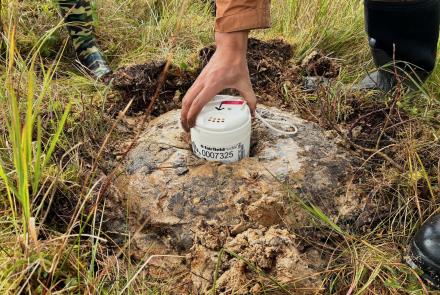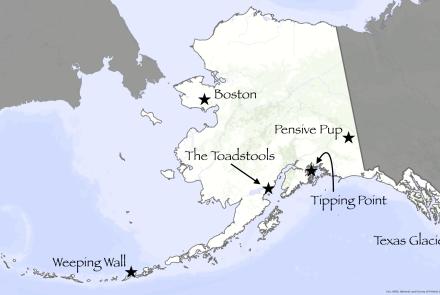Aurora and Climate
Only a few years ago almost every meteorologist and auroral physicist scoffed at the suggestion that the earth's weather might be influenced by variations in sunspots. True, statistical relationships between the 11-year cycle in sunspot occurrence and weather or climatic phenomena were being claimed. But it was common knowledge that one could find 11-year cycles in the stock market, the quality of wines, the length of women's dresses and almost anyplace one chose to look.
The problem has been that scientists could find no mechanism by which the particles streaming from the sun in association with sunspot variability could have an influence on weather or climate, even though these particles were known to create auroras and other so-called solar-terrestrial effects.
It seems to be characteristic of scientists that they are skeptical of apparent associations between different phenomena if it is not obvious why the two phenomena should be related. But give a scientist a good reason why two phenomena should be related, and he is prone to accept the flimsiest of evidence as undeniable proof.
A number of scientists are seriously searching for an understanding of how solar-terrestrial influences might cause climatic change or variations in weather patterns. Mechanisms are needed because the evidence is growing that there is a relation between solar activity and climate. Examination of climate over the past 7000 years has shown that those centuries of low solar activity, and hence least aurora, were colder than the centuries of high solar activity.
Out of the searches for mechanisms are starting to appear some plausible ideas. The best so far, I think, is the idea that the small amounts of energy carried by particles into the auroral zones do influence the configuration of the sub-polar jet stream. It was the persistent distortion to the jet stream that caused the record winter of 1975-76.



